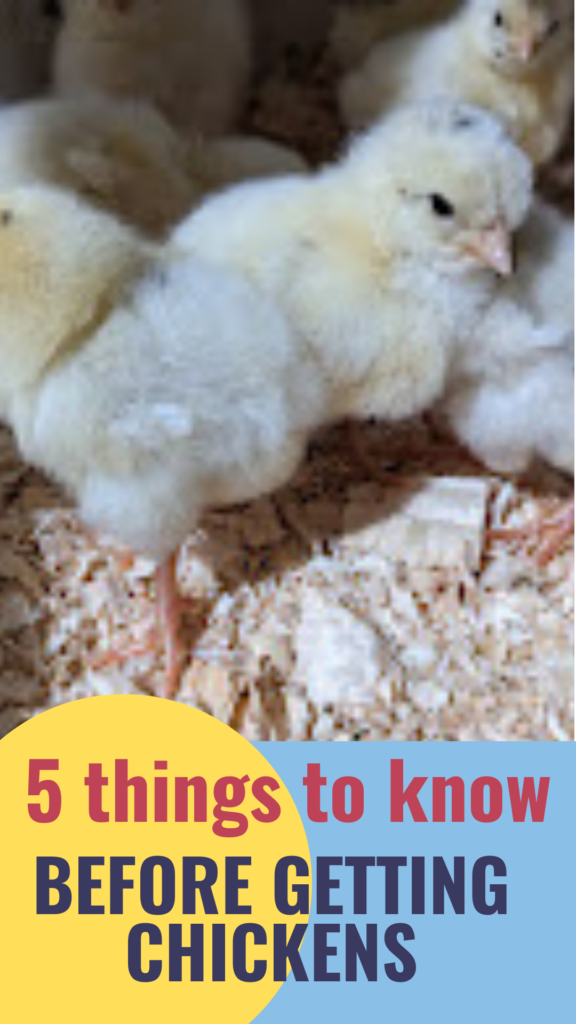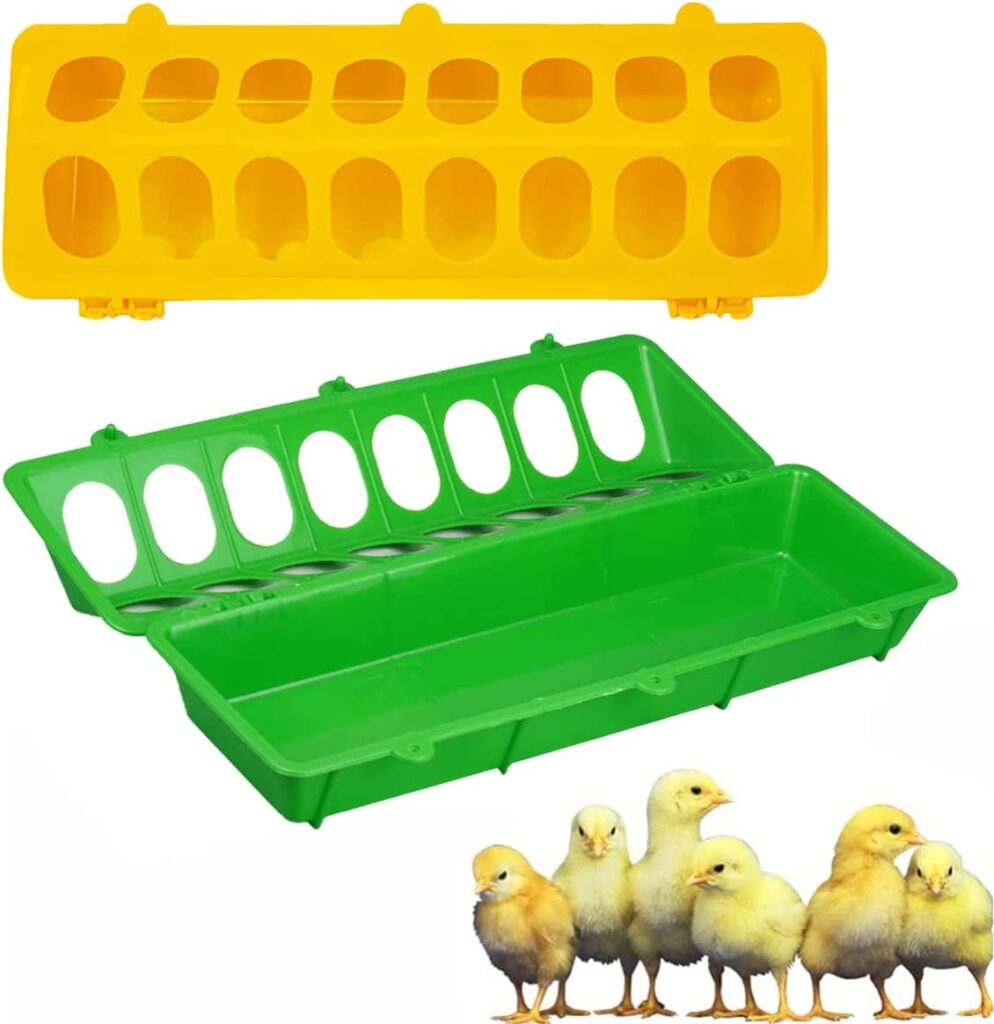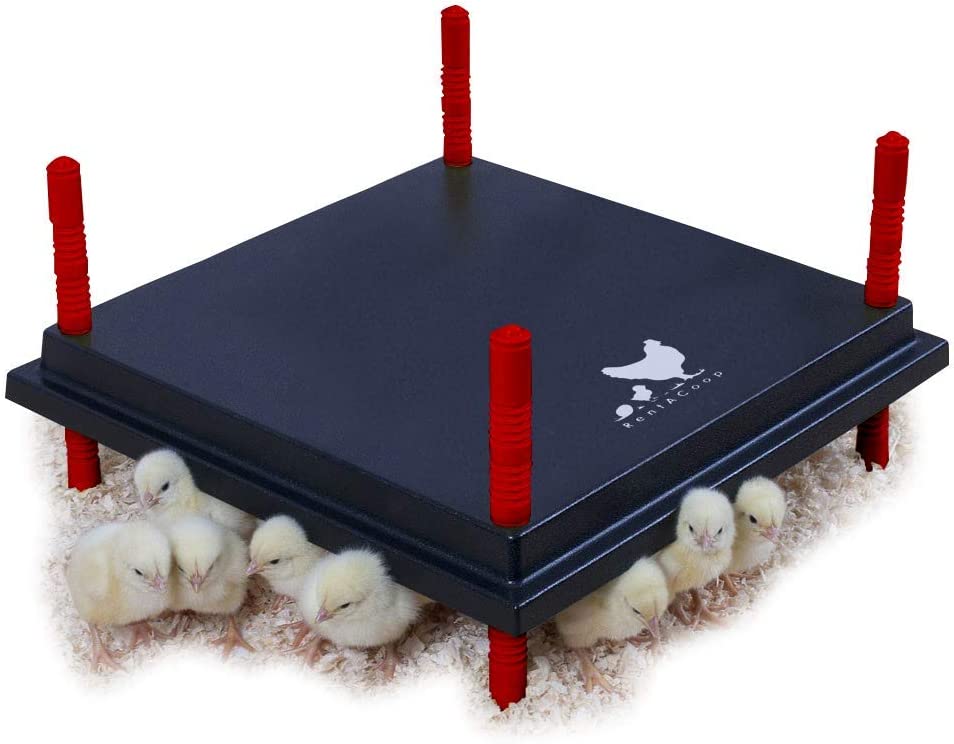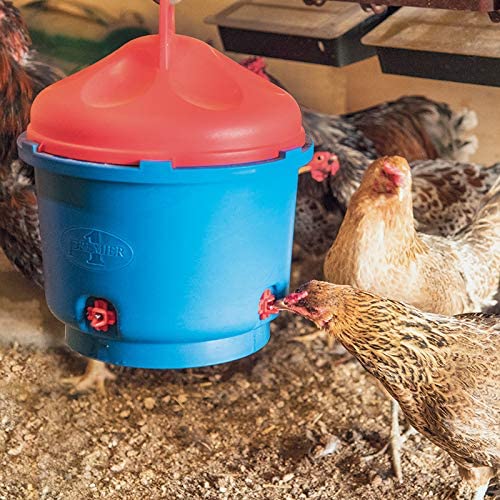5 things you need to know before getting chickens

Baby chicks are adorable, and we all know egg prices are unpredictable. So it might be tempting to pick up some chickens when the farm stores are full of those fluffy little chicks. There are some things you should know before becoming a full on crazy chicken lady like me, because those little balls of fluff cost a lot more in the long run than the few dollars the chick costs at the store! This post contains affiliate links, shopping through these links helps support our family, thank you!
Chicks need a brooder before the coop
Chicks can’t go straight to the coop, they need a heated brooder first. Your heated brooder will probably live at home with your chicks all the way through their weird gangly teenage phase, until they get feathers around 6-7 weeks. Your chickens will be large at this point, they will be starting to jump on everything and experiment with flying, so you have to plan your brooder accordingly. Depending on when we buy chicks they might end up in a brooder in the basement or our little barn if it’s warm enough.
We like to use these trough feeders in the brooder box, once they’re bigger we elevate them with pavers so the food doesn’t get full of shavings.

We love these Rent-A-Coop heat plates for keeping the chicks warm, otherwise we use ceramic heat lamps (the kind you would use for a reptile) instead of the more dangerous red heat lamps.

Hens won’t lay for the first 5 months or so
Chickens take a while to grow, and they take even longer to lay eggs. Expect to wait at least 5 months before getting your first egg! That can seem like a long time to wait when you’re paying a small fortune to feed your flock. Which brings me to my next point.
Price out your feed first
Check your local feed mill or co-op for the best prices on feed. The big box stores won’t have a lot of variety and they end up costing a lot more. We save so much money on feed by buying from a feed mill, but that’s not always an option. Make sure chickens are financially feasible when you figure in feed (and bedding), the feed is still expensive no matter what route you take.
Plan your coop and fencing
Most premade coops won’t work for full size chickens, so you’ll have to DIY a coop, use an existing building or buy some kind of a shed. We made the bougiest chicken coop for our first 3 ladies when we lived in city limits. Now we bought a 8×8 foot shed for our chickens because we have a lot more and we needed a new coop in a hurry. If you have predators you’ll want fencing too for your chicken run and fencing is ridiculously expensive these days. We use 6 foot welded wire for our chicken run because most of the chickens can’t fly that high.
Plan your water source
Really clean fresh water is important for chickens health. Make sure they’re in a location close to the hose and/or close to the house when your hose is frozen so you can get buckets of clean water to your chickens. If you’re in colder climates you’ll have to find a heated waterer.
This is the heated chicken waterer we use, it’s really heavy duty and has lasted us 3 very harsh winters so far! I love that it hangs for extra cleanliness.

Also be aware of chicken breeds, research size of eggs, how long and often they’ll lay for. Avoid straight run if you don’t want a 50/50 mix of hens and roosters. Roosters are hard to get rid of even if you’re giving them away, but it’s a good way to get some extra protein for your freezer if you want to go that route!
Written by, Brittany, the geek behind the blog. Sharing tips and stories from the trenches on navigating life homeschooling and homesteading as a stay at home mom.
